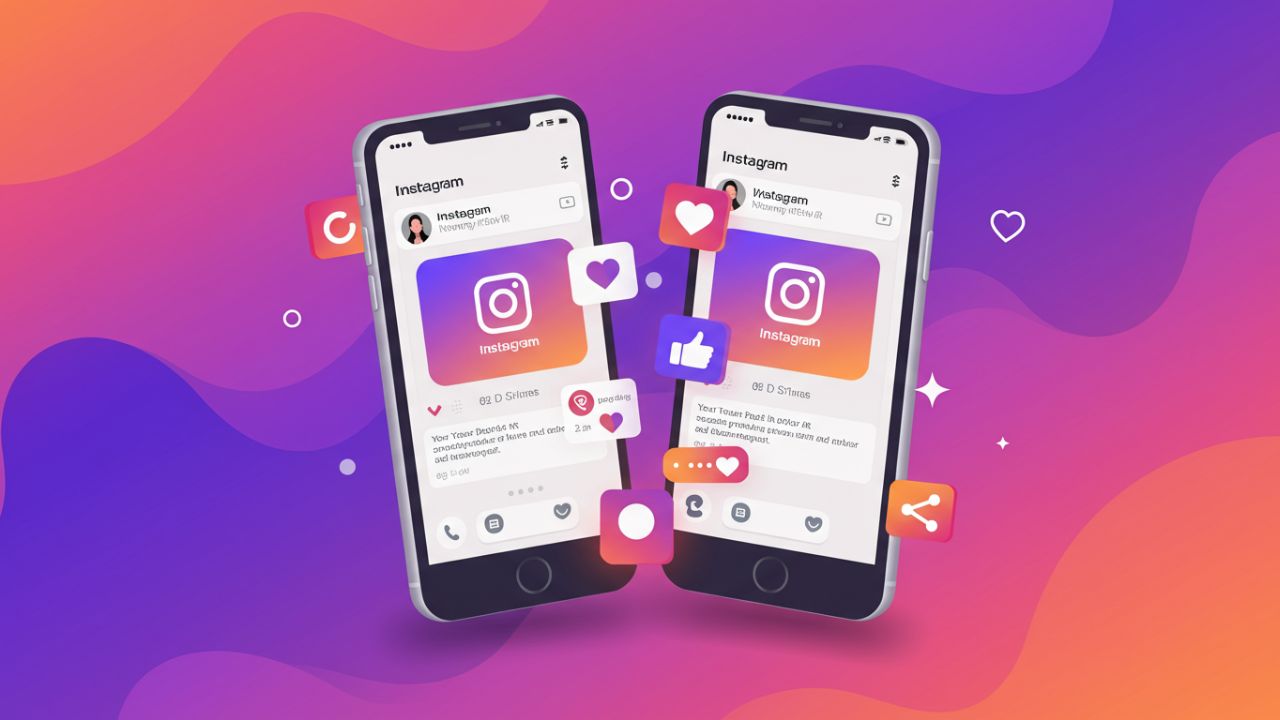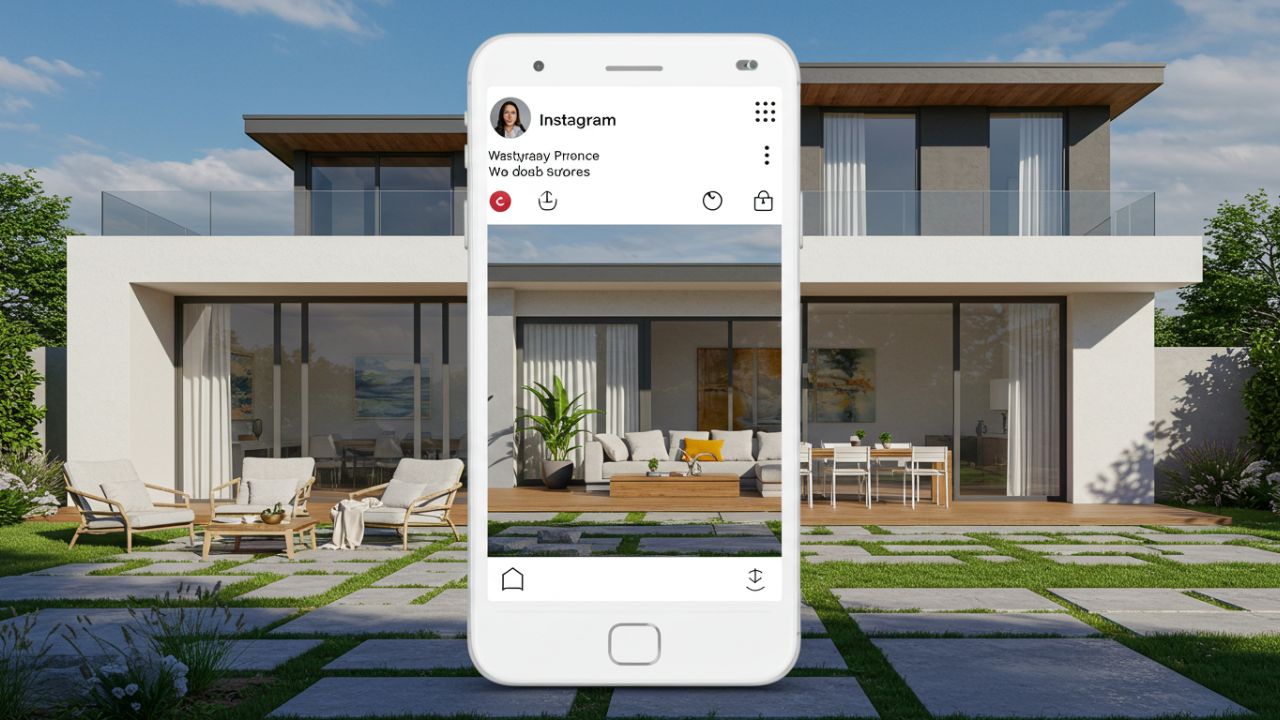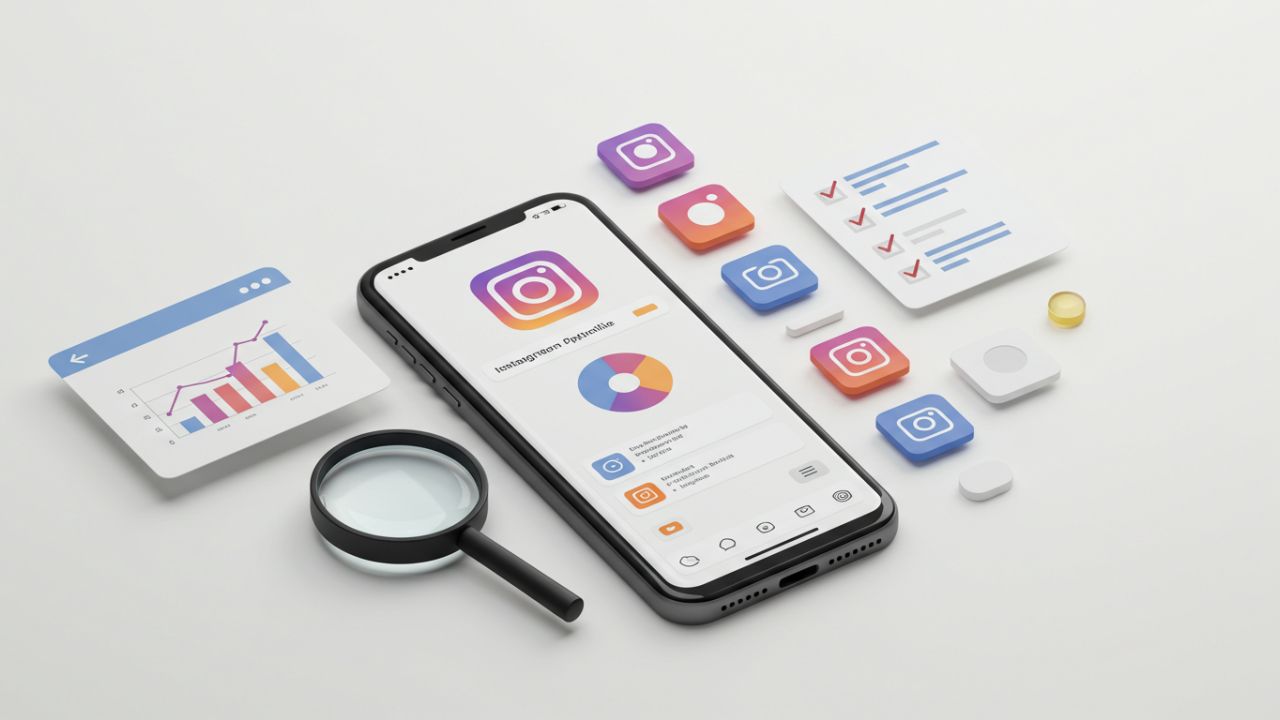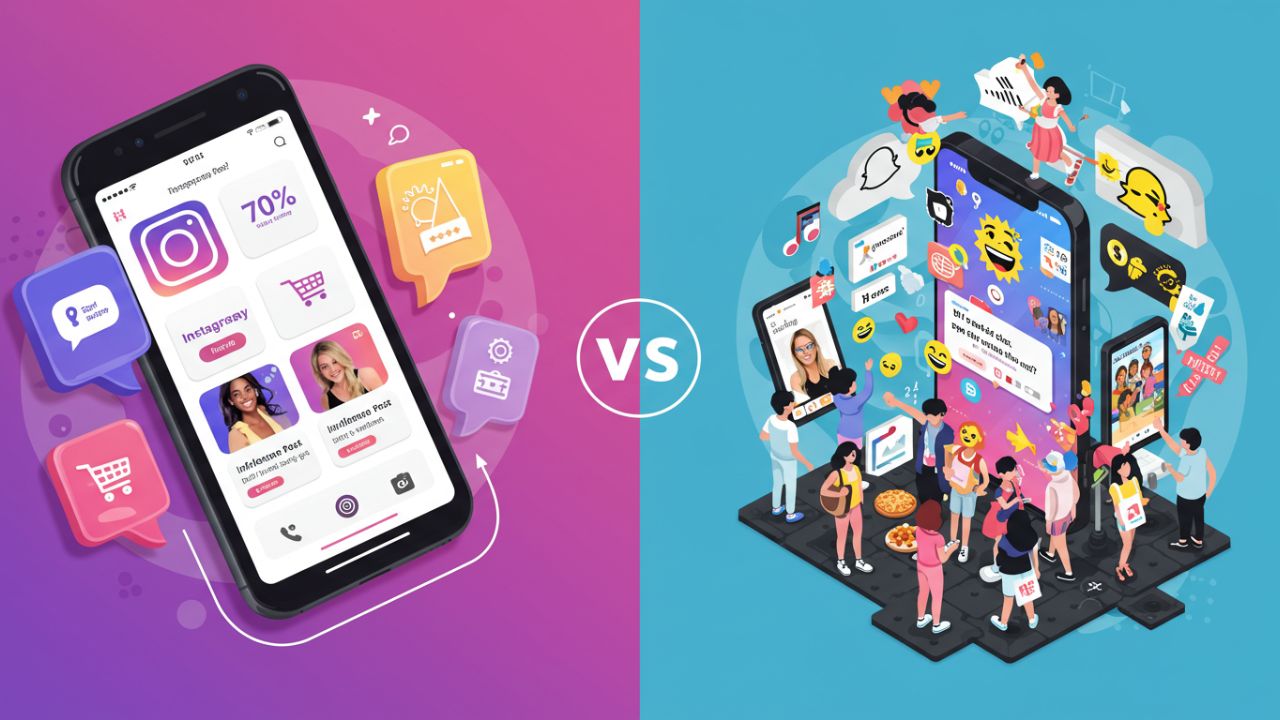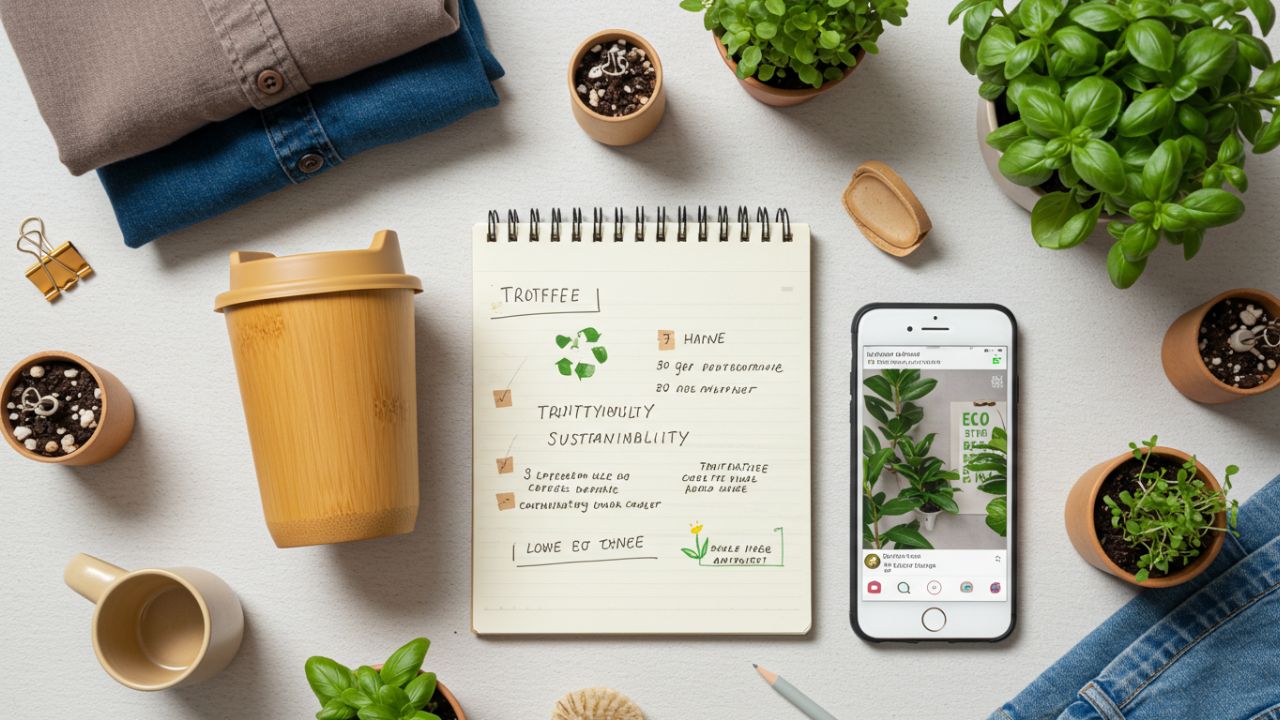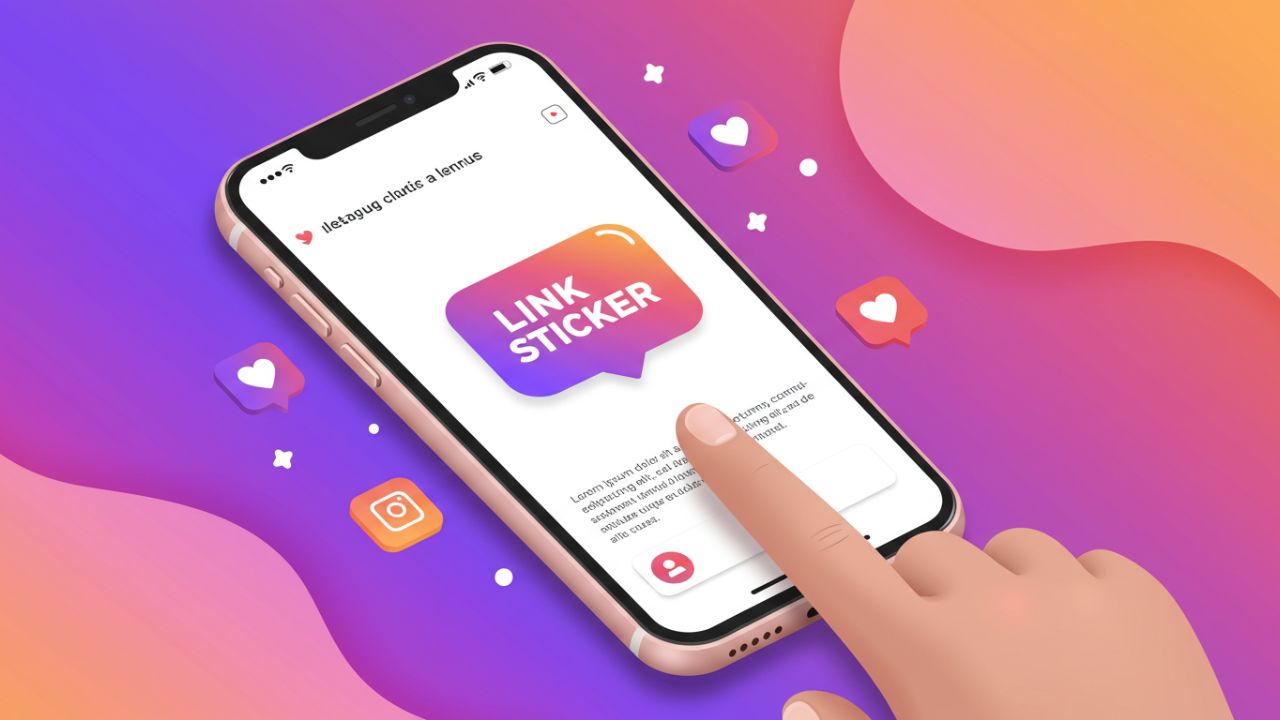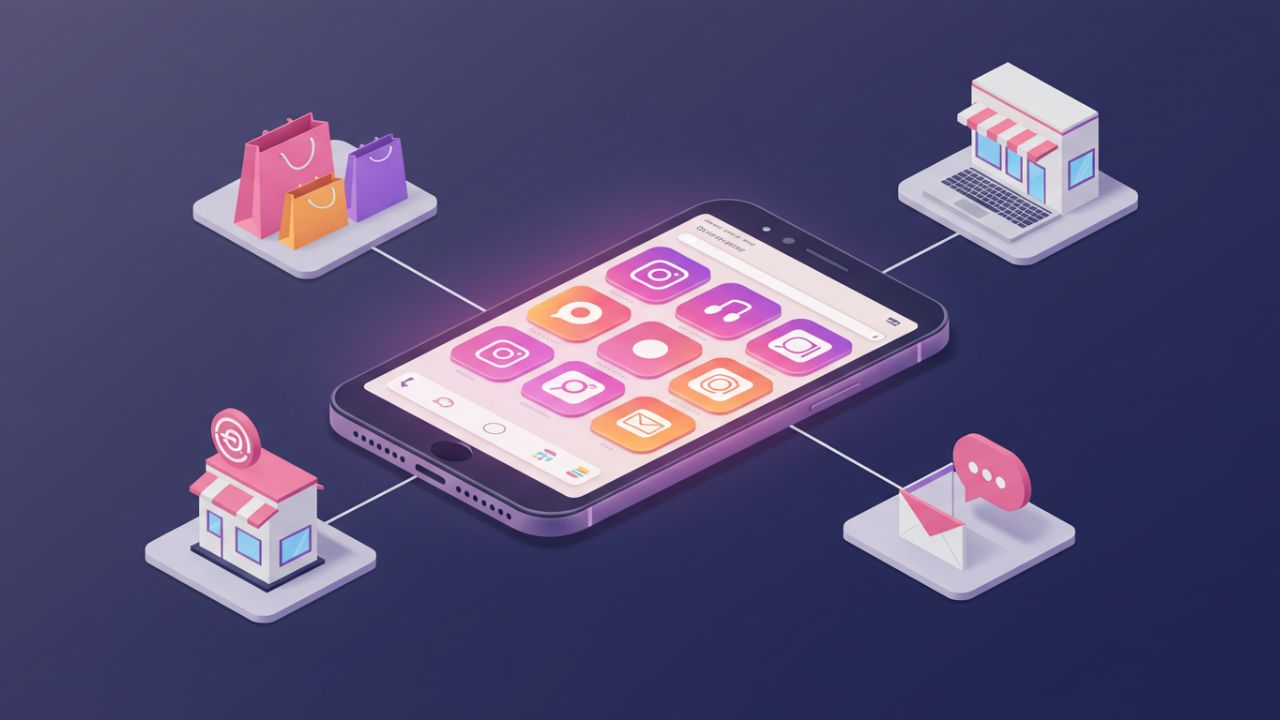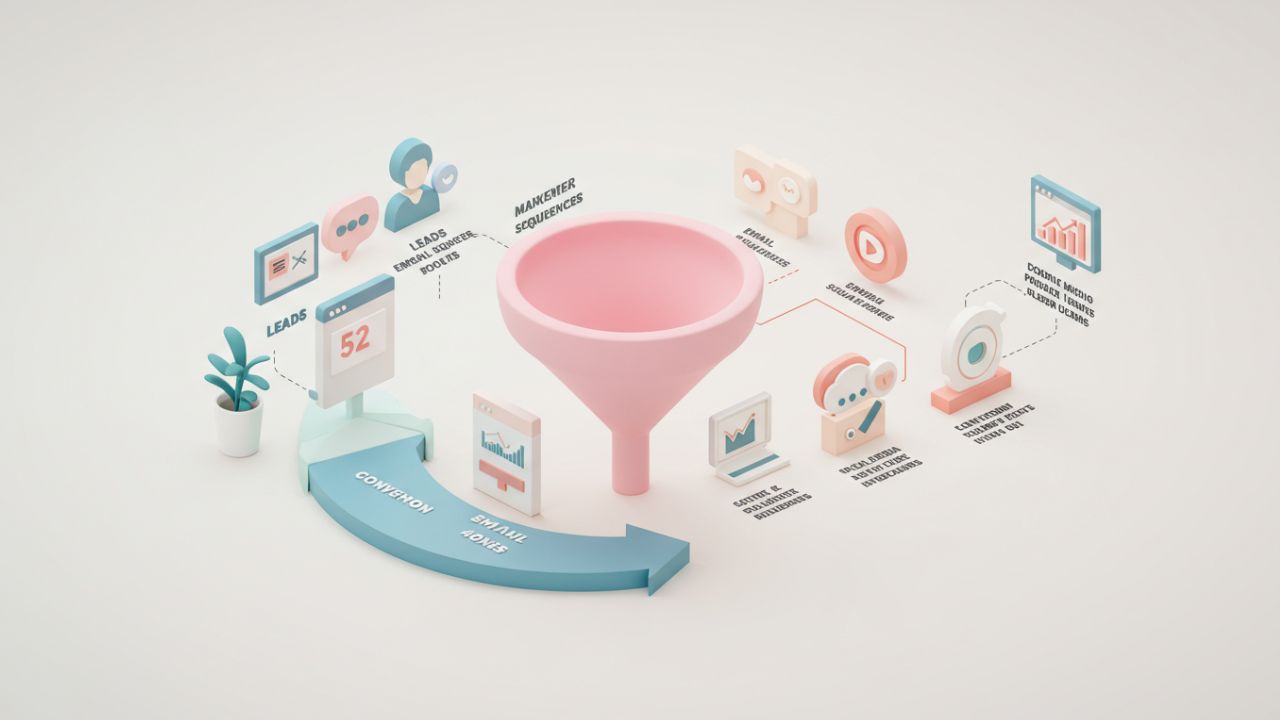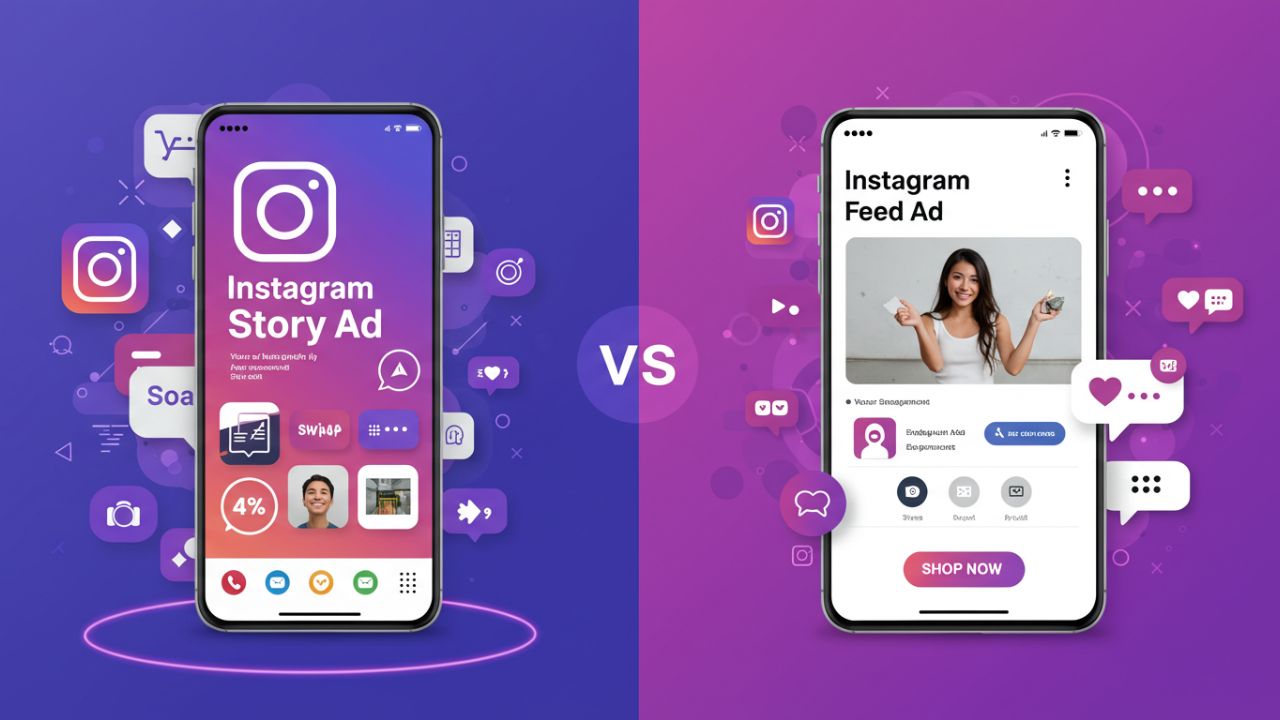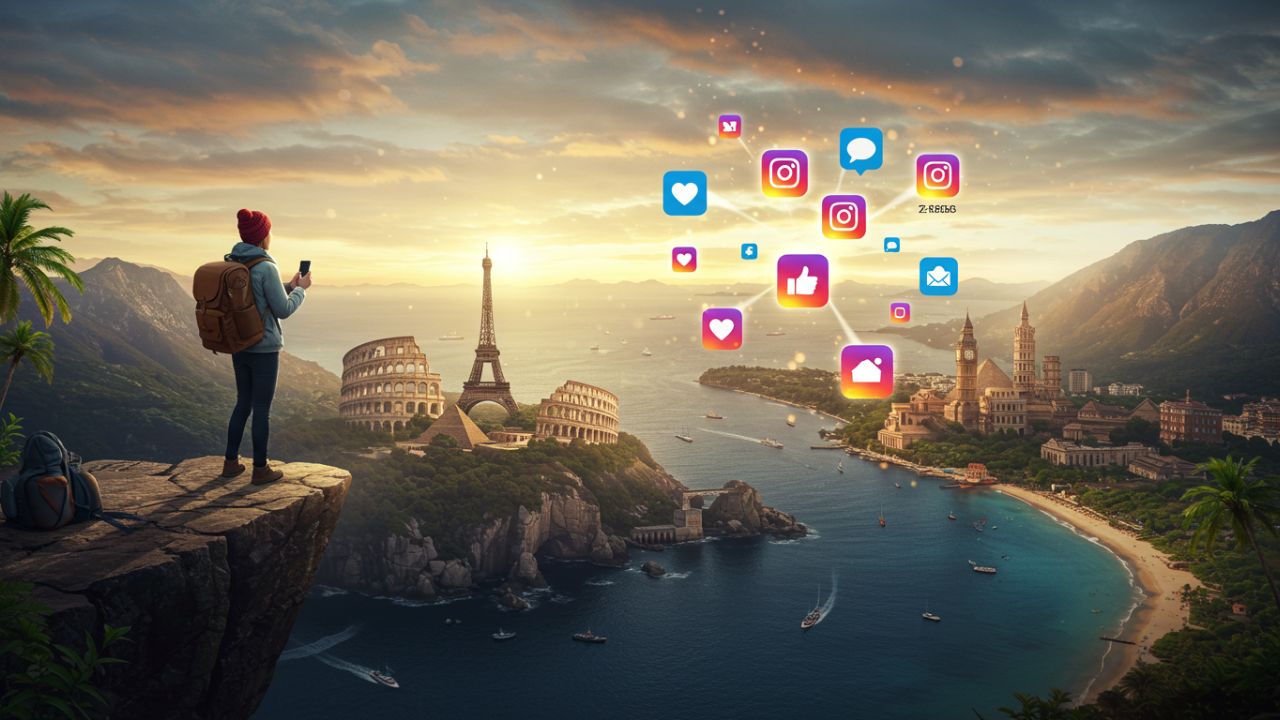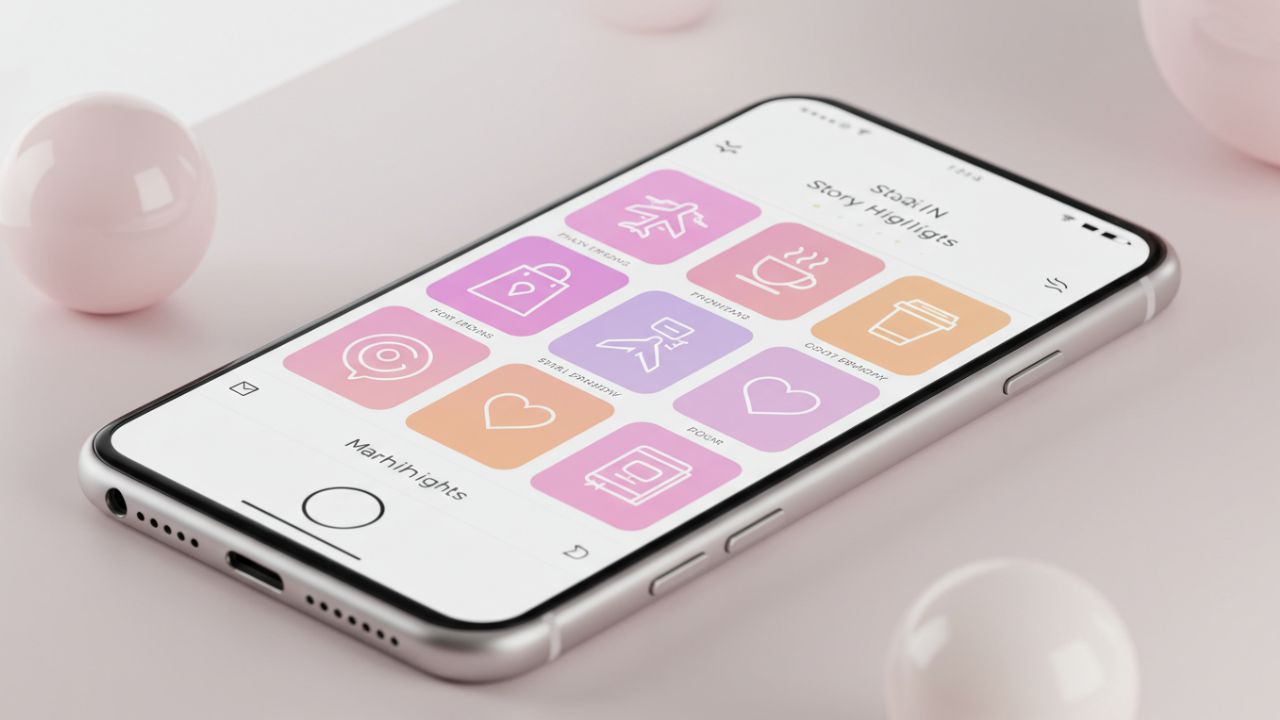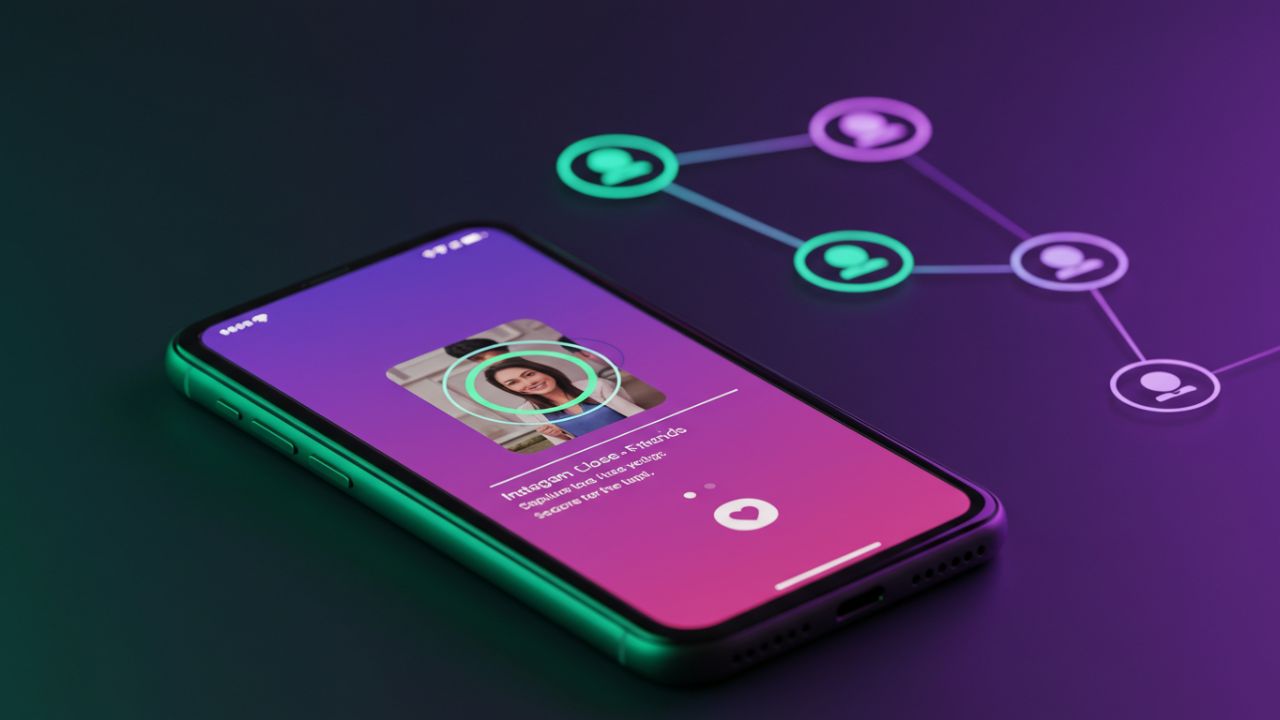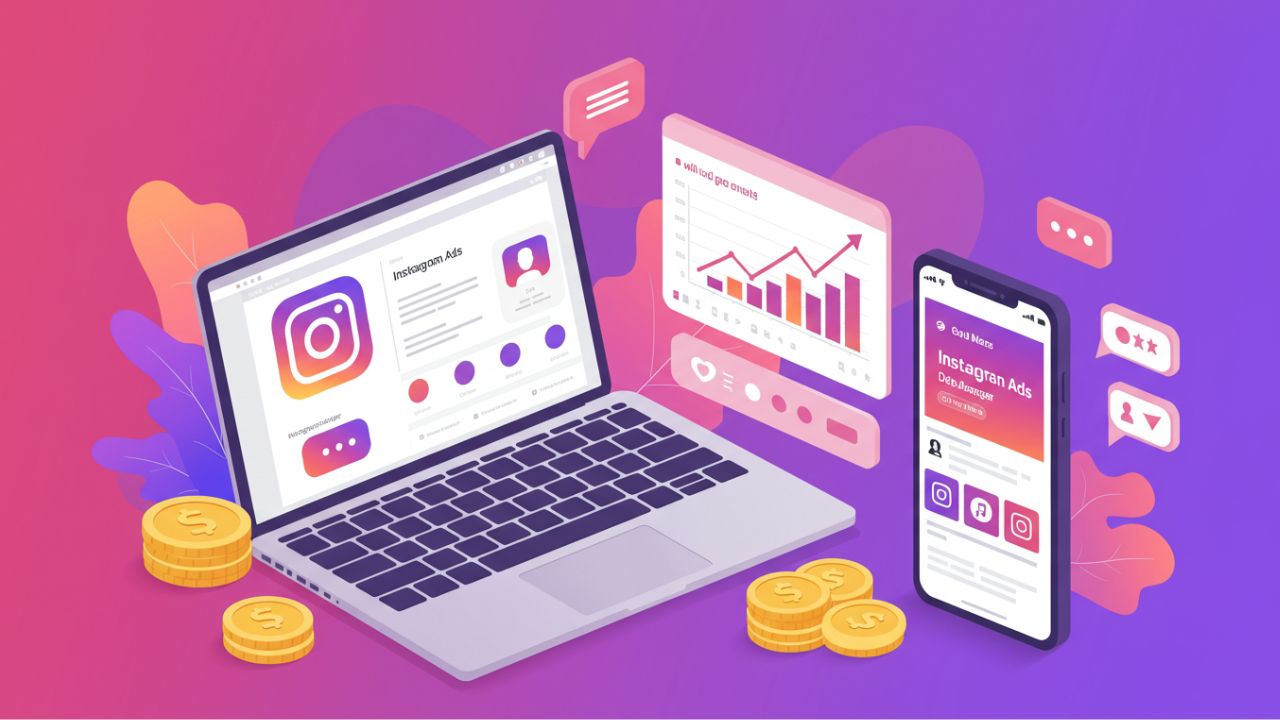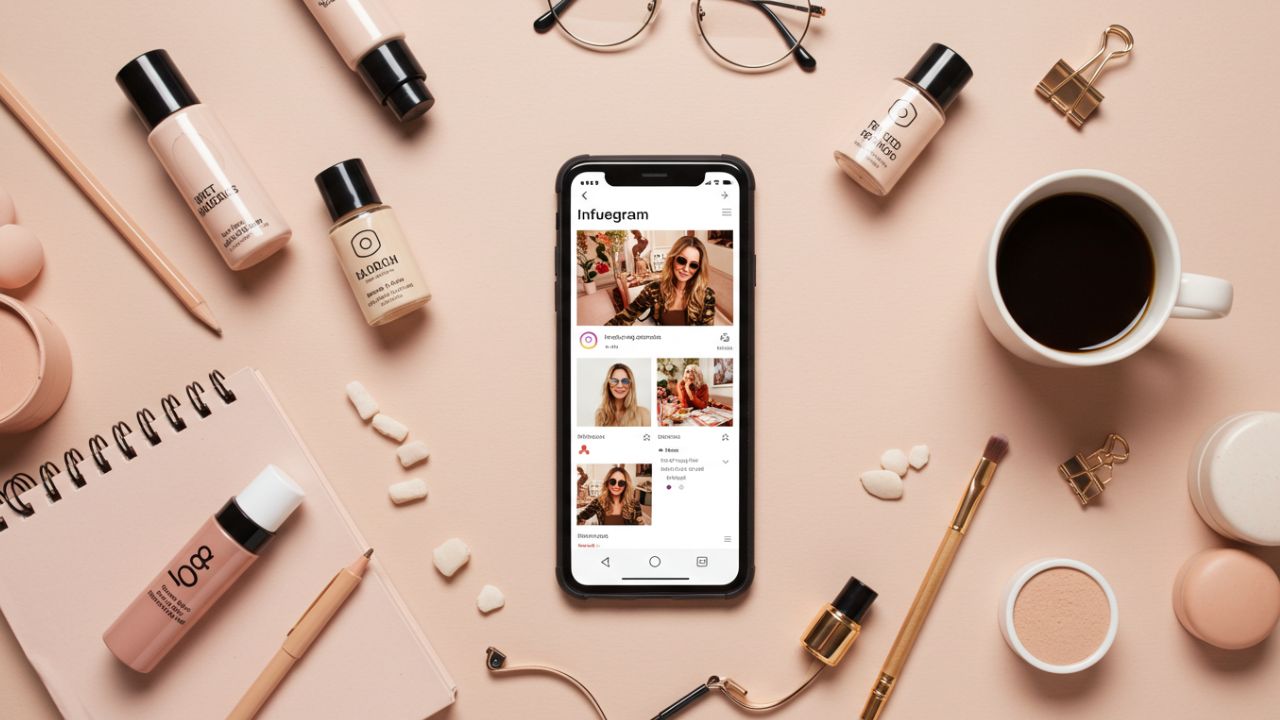Instagram has evolved into much more than a photo-sharing app. With new features designed for creators, businesses, and everyday users, the platform constantly adapts to how people consume and create content. One of the most powerful tools that Instagram has introduced in recent years is the Collab feature.
This feature allows two accounts to share the same post or Reel, appearing simultaneously on both profiles, with shared engagement metrics such as likes, comments, and views. For influencers, brands, and creators alike, this opens up a world of opportunities for co-marketing, partnerships, and audience growth.
In this article, we’ll explore everything you need to know about Instagram Collabs, including:
- What the Collab feature is and how it works
- Step-by-step instructions for creating a Collab post or Reel
- Tips for brands, influencers, and creators to maximize results
- Case studies of successful collaborations
- Common mistakes and how to avoid them
- Advanced strategies for boosting reach with Collabs
By the end, you’ll not only understand how to use Collabs but also how to strategically apply them to grow your audience, increase engagement, and build long-term digital partnerships.
1. What Is Instagram’s Collab Feature?
The Instagram Collab feature, first introduced in 2021, enables two users to co-author a single post or Reel. Instead of creating separate posts, one piece of content can live on both profiles.
Here’s what happens when you use Collabs:
- The post or Reel appears on both users’ feeds.
- Both usernames appear in the header (like a tag but more prominent).
- All engagement (likes, shares, comments, and views) is shared across both accounts.
- The collaboration looks seamless, with no duplication of content.
This is especially useful for influencers partnering with brands, musicians collaborating on projects, or friends sharing joint experiences.
🔑 Key Benefit: One piece of content → Two audiences → Shared growth.
2. How Does the Collab Feature Work?
When you create a post or Reel, Instagram allows you to invite another account as a collaborator. Once the invitation is accepted:
- The post shows up on both feeds.
- Both accounts appear as authors.
- The combined reach maximizes exposure.
Think of it as an official partnership tool inside Instagram—far more powerful than a regular tag.
3. Step-by-Step Guide: How to Create a Collab Post or Reel
Here’s exactly how you can create a Collab post or Reel:
📌 For Posts (Feed Content)
- Open Instagram and tap the + to create a new post.
- Select your photo(s) or video(s).
- Add your caption, filters, and edits.
- Before posting, tap Tag People.
- Choose Invite Collaborator.
- Search for the account you want to collaborate with.
- Send the invitation.
- Once they accept, the post will appear on both profiles.
📌 For Reels
- Open Instagram and create a Reel as usual.
- After editing and adding music/effects, tap Next.
- Tap Tag People.
- Select Invite Collaborator.
- Search for the account and invite them.
- Once they accept, the Reel is shared across both accounts.
✅ Pro Tip: You can add both tags and collaborators. For example, tag multiple accounts but only invite one official collaborator.
4. Benefits of Using Collabs
The Collab feature isn’t just a fun tool—it’s a growth strategy. Here’s why it matters:
🚀 Audience Expansion
- You reach not only your followers but also your collaborator’s.
- A brand-new audience gets introduced to your content.
❤️ Shared Engagement
- Likes, comments, and shares are combined.
- This boosts credibility with stronger engagement metrics.
🤝 Partnership Transparency
- Instead of separate posts, audiences see a joint effort.
- This builds trust and authenticity.
💼 Business and Influencer Opportunities
- Brands can maximize ROI by tapping into influencer audiences.
- Influencers gain credibility by collaborating with well-known names.
🎵 Creative Collaboration
- Musicians, artists, and content creators can showcase joint projects in one place.
5. Use Cases for Collabs
Let’s break down who benefits most from Collabs and how.
📲 For Influencers
- Partner with brands on campaigns.
- Collaborate with other creators to cross-promote.
- Build credibility by associating with larger accounts.
🏢 For Brands
- Share product launches with influencers.
- Partner with other businesses for co-branded campaigns.
- Use Collabs for events, giveaways, and promotions.
🎨 For Creators & Artists
- Release joint artworks or music.
- Share co-hosted tutorials or behind-the-scenes content.
- Highlight collaborations with other creatives.
🙋 For Everyday Users
- Share joint milestones (weddings, friendships, birthdays).
- Post shared memories on both profiles at once.
6. Advanced Strategies for Instagram Collabs
If you want to maximize reach and growth, don’t just post casually. Use these advanced tactics:
6.1 Optimize Timing
- Post when both audiences are most active.
- Use Instagram Insights to align posting schedules.
6.2 Align Branding
- Ensure that captions, tone, and visuals align with both accounts.
- Mismatched branding can reduce authenticity.
6.3 Add Value for Both Audiences
- Don’t make the Collab one-sided.
- Ask: What does each audience gain from this post?
6.4 Combine Collabs with Other Features
- Use Instagram Shopping for product collabs.
- Pair with Reels Trends to go viral.
- Add hashtags and location tags for extra discoverability.
6.5 Experiment with Multi-Collaborator Campaigns
- While Collabs currently allow only two accounts per post, you can create series with multiple collaborators.
7. Case Studies of Successful Collabs
Case Study 1: Brand + Influencer Partnership
A fashion brand launched a new clothing line with an influencer. Instead of separate posts:
- They used a Collab Reel.
- The video reached 2x more engagement than the influencer’s average.
- Followers from both accounts interacted heavily, boosting brand visibility.
Case Study 2: Music Artists Collaboration
Two musicians released a new song together.
- Instead of posting separately, they dropped a Collab post with teaser clips.
- Fans from both audiences discovered the other artist.
- The post went viral with shared likes surpassing 200k.
Case Study 3: Co-Hosted Giveaway
Two small businesses collaborated on a giveaway.
- They used a Collab post to announce it.
- Since engagement was shared, both accounts grew followers equally.
- The giveaway doubled their follower count in two weeks.
8. Common Mistakes to Avoid
Even though Collabs are powerful, many users fail to maximize them. Avoid these pitfalls:
- ❌ Not coordinating captions and branding.
- ❌ Posting at the wrong time for one collaborator’s audience.
- ❌ Choosing collaborators with irrelevant audiences.
- ❌ Relying only on Collabs without creating solo content.
- ❌ Forgetting to promote Collab posts through Stories.
9. The Future of Instagram Collabs
Instagram is constantly experimenting with updates. Collabs may soon evolve with features like:
- More than two collaborators per post.
- Collab analytics dashboards for deeper insights.
- Collab Story posts that function like feed collabs.
- Integration with Instagram Ads for paid partnerships.
These updates could transform Collabs into the central hub for partnerships on Instagram.
10. Final Thoughts
Instagram’s Collab feature is one of the most underrated growth hacks on the platform. Whether you’re an influencer, brand, creator, or casual user, it allows you to:
- Expand your reach
- Share authentic partnerships
- Maximize engagement
- Build credibility
If used strategically—with the right partners, at the right time, and with the right content—Collabs can accelerate your growth and build long-lasting digital relationships.
👉 The key takeaway: Don’t just post alone. Collaborate to grow together.
